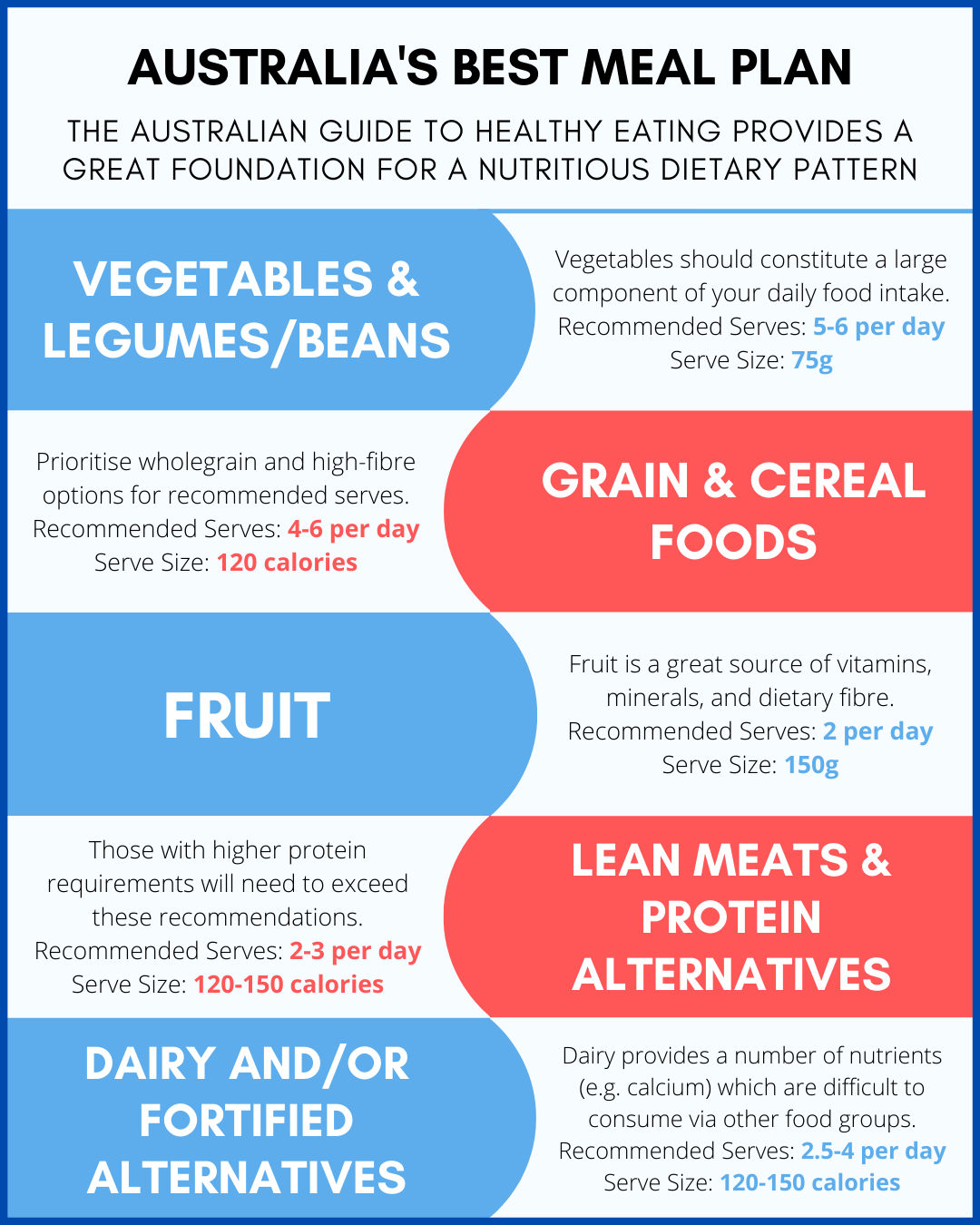When building a house, which aspect will dictate its lifespan and ability to withstand a storm? The tiles on the roof, or the actual foundation of the house?
The same goes for building a dietary pattern and thriving as a human being. The overall foundation of our diet is what will dictate our well-being and long-term health, not necessarily the chia seeds and nutritional yeast we sprinkle on our food.
Worldwide, there are many renditions of what constitutes a healthy dietary pattern. However, from what’s cited in the literature, there appears to be a few core nutritional components that are recommended globally.
These include:
▪️ Consume an abundance of plants
▪️ Consume adequate protein from high-quality, lean sources
▪️ Consume adequate calcium
When applied to the context of actual food sources, these recommendations are sub-categorised into the following quantities:
🔹Vegetables, Legumes & Beans: 375g-450g/day
🔹Grains & Cereals: 480 - 720 calories from wholegrain/high-fibre varieties
🔹Fruit: 300g/day
🔹Lean Meats & Protein Alternatives: ~450 calories/day
🔹Dairy & Fortified Alternatives: ~450 calories/day
It’s important to bear in mind that these are minimum requirements, so it’s perfectly fine to exceed these values to obtain more micro and macro-nutrition. However, the general consensus is that if you satisfy these daily nutrient requirements, you can be fairly confident that your dietary pattern is nutritionally-sound. Also, based on your individual energy requirements, if these minimum targets are met then it is up to your discretion how you “fill in” the remaining gaps based on your goals, lifestyle and dietary preferences.
The information in the infographic above is derived from the Australian Guide to Healthy Eating.
